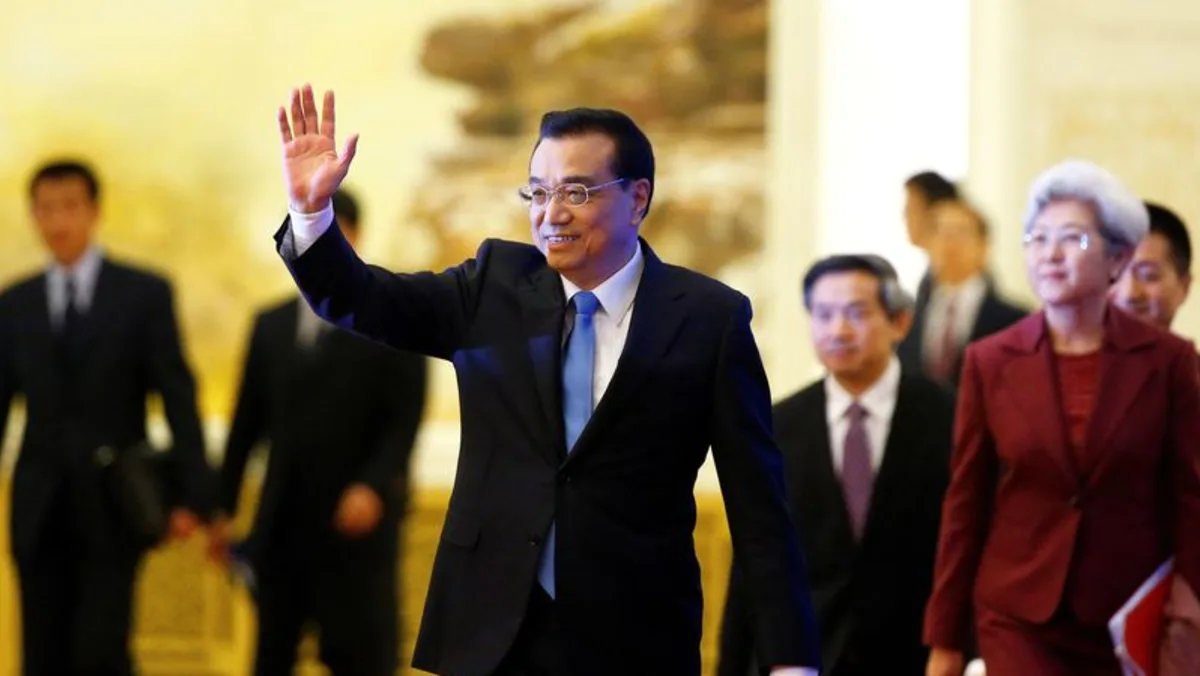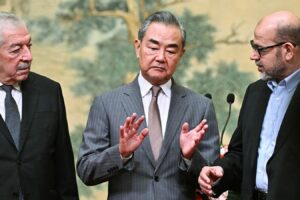Washington’s aspirations to launch a “chip alliance” with trusted Asian partners face headwinds because they downplay Beijing’s utility in the region’s semiconductor ecosystem, says Hannan Hussain.

The global semiconductor shortage brought about by the pandemic has strained the many industries reliant on computer chips, from automotives to consumer electronics. Chipmaking, notorious for its complexity, is dominated by two companies: Taiwan Semiconductor Manufacturing Co (TSMC) and South Korea’s Samsung Electronics.
While some manufacturers report the shortage is easing as inflation and rising interest rates dampen demand, major powers, namely the US and China, are racing to build up their production capabilities.
On Aug 9, President Biden signed the Chips and Science Act, which will provide US$52.7 billion in subsidies for US semiconductor production and research, and a 25 per cent investment tax credit for chip plants.
Prior to that, the US proposed a chip alliance, “Chip 4”, with South Korea, Japan and Taiwan as part of its friend-shoring strategy of moving supply chains away from perceived rivals and towards trusted partners. But Washington’s aspirations face headwinds because they downplay Beijing’s utility in Asia’s semiconductor ecosystem.
ASIAN PARTNERS TREAD WITH CAUTION
So far, the US has chosen to cultivate partnerships with like-minded parties, and is particularly keen to court Taiwan – a dominant link in the international semiconductor supply chain. But the Taiwan factor could spell trouble for those in Asia wary of antagonising China.
For instance, South Korea remains reluctant to formally join Chip 4. A Samsung chief executive expressed concern over the alliance and the need to engage China in such negotiations.

For South Korea, China represents a colossal market, accounting for 60 per cent of its chip exports last year. It also serves as a key production venue for South Korean chipmaking giants like Samsung and SK Hynix.
As a result, it is difficult for Seoul to endorse Chip 4 when its principal trading partner stands opposed to the grouping. In a bid to reassure Beijing, Seoul has repeatedly said the chip alliance is not aimed at China, and is yet to settle on permanent membership.
Moreover, there isn’t much evidence to suggest that a US-led chipmaking alliance will enjoy broad-based acceptance in Asia.
Consider the Association of Southeast Asian Nations (ASEAN). ASEAN members trust their own integration in global value chains to attract modest semiconductor investments, and can always leverage flexible inventory and sourcing policies to benefit from Chip 4 members independently.
The US is a case in point: Singapore, Malaysia and the Philippines all host semiconductor multinational enterprises headquartered in the US, with manufacturing facilities and investment relationships going back decades.
Adding to the challenge is US manufacturing expertise, which lags behind Asian competitors in the chipmaking space. That weakens the allure of semiconductor supply chain leadership in Asia when Washington is banking on global chipmakers to accelerate manufacturing at home.
Meanwhile, Chinese chipmakers are expanding manufacturing capabilities to compete with the US. Semiconductor Manufacturing International Corp (SMIC) on Aug 26 announced plans for a US$7.5 billion foundry production line in Tianjin.
China’s recent breakthroughs are difficult to ignore. SMIC has stepped up production technology by two generations, not only sidestepping US export controls on advanced chipmaking equipment, but also aiding state efforts to develop a world-class chip industry at home.
American officials have expressed fear that Yangtze Memory Technologies Corp (YMTC) – another major player in China’s push for semiconductor self-reliance – could end up supplying advanced chips at affordable prices, putting US manufacturers under pressure.
HARD TO EXCLUDE CHINA
Washington’s insistence on excluding China from any semiconductor supply-sharing mechanism is off-putting to Asian partners with business ties to Beijing.
Moreover, US containment measures may undermine rather than strengthen global chip supply chains. Leading chipmakers in East Asia would face an uphill battle trying to ship new equipment to their own factories in China, potentially causing chip prices to surge if production suffers.
Similarly, Washington’s efforts to lure Taiwanese and Korean chipmakers towards manufacturing in the US ignores China’s own endeavours to attract chipmakers to its shores. In January, Shanghai and Zhejiang announced subsidies and preferential tax policies for manufacturers to build new plants.
For Washington, subsidies and near-term investment should be seen as a starting point at best.
Taken together, the US has little chance of stabilising global semiconductor supply chains without China’s support. A divisive semiconductor alliance threatens to put Asia’s quest for self-reliance on the backburner, and confirms that the overriding goal is to deny China access to the most sophisticated chips.
Source: CNA















